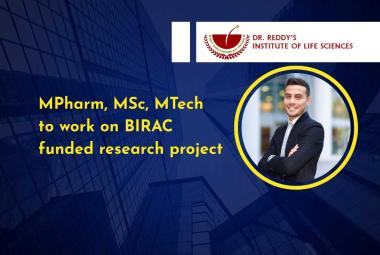INDIAN PATENT AND INDIAN PATIENT, FRIEND OR RIVAL: A COMMUNICATION
ABOUT AUTHORS:
Prathima Patil*1, Tahseen Sameena1, S.P.Sethy, K.Shailaja1, P.Mishra2
1Department Of Pharmaceutical Chemistry, Sushrut Institute of Pharmacy
Taddanpally (V), Pulkal (M), Medak-502293.
2Department Of Pharmacology, Malla Reddy College Of Pharmacy
Maisimaguda, Dhulapalli, Secundrabad-14
pratima.patil0@gmail.com
ABSTRACT:
Though patents are effective tools for promoting innovation and protecting intellectual property in the pharmaceutical sciences, there has been a growing concern that the current scenario of patient and patent is not vivid in developing countries like India. A lot of complications arise when a pharmaceutical firm applies for patent for their product in developing countries. Innovation in global health care needs patent protection as a safeguard, so patent is a must requires item for health care industries. We can say Patent as a fuel for innovation simultaneously it can burn the pocket of economically backward patients in developing countries. But this thing should not happen as both patent and patient needs each other. A friendly relationship should exist between them. In this context we have discussed about various aspect of patent and patient related issue and also about sensible solution for the issue.









